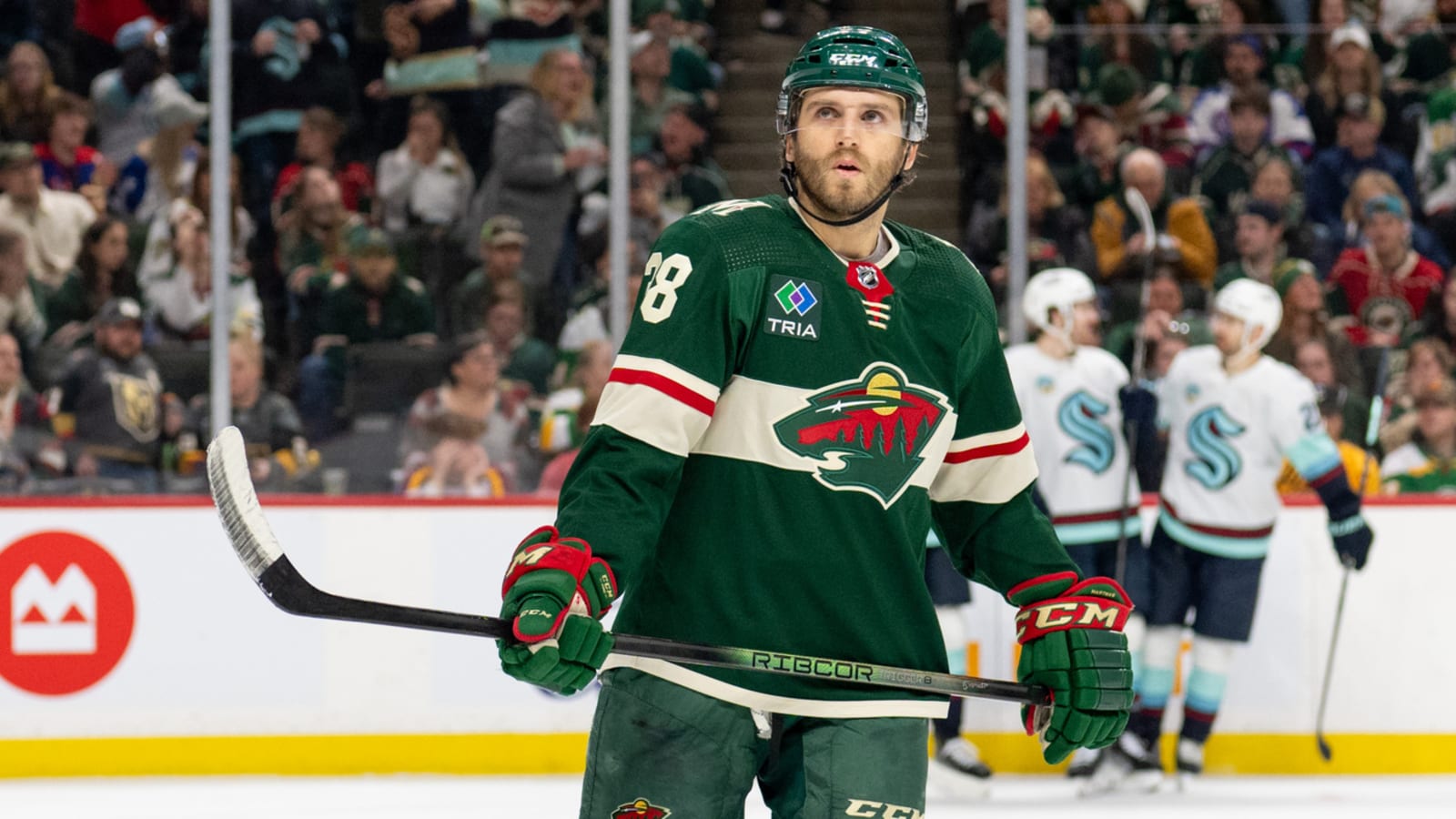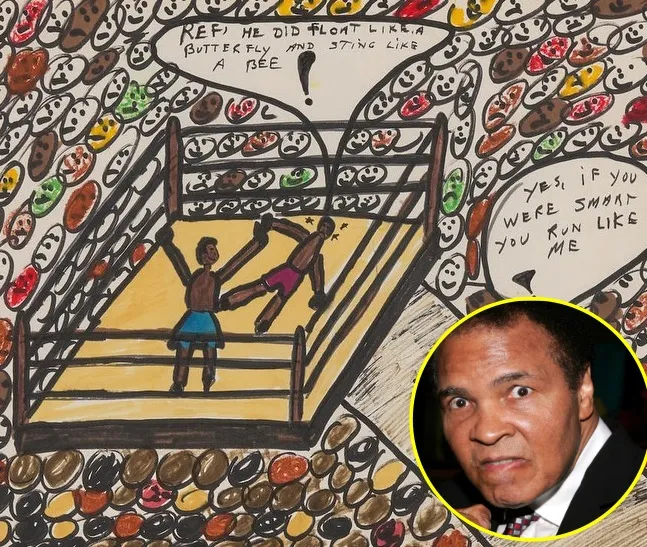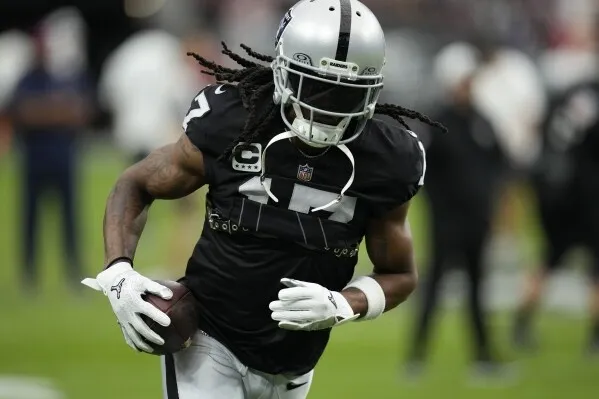The Minnesota Wild had a far tamer summer than some of their peers around the league – ultimately relying on strong decision-making in the draft and free agency to help round out their lineup, rather than overturning major positions. That could bode well for a team anticipating the return of Jared Spurgeon, and seeing more and more progress out top youngsters like Matt Boldy and Marco Rossi. Hard-hitting depth signings have bolstered those options – effectively placing the faith in Minnesota’s returning stars to carry the team over the 12-point deficit that held them out of the 2024 Stanley Cup Playoffs.

Draft
1-12: D Zeev Buium, Denver (NCHC, NCAA)
2-45: F Ryder Ritchie, Prince Albert (WHL)
4-122: D Aron Kiviharju, HIFK (Liiga)
5-140: D Sebastian Soini, Ilves (Liiga)
5-142: G Chase Wutzke, Red Deer (WHL)
6-174: D Stevie Leskovar, Mississauga (OHL)
Minnesota has quietly built one of the best prospect pools in the NHL over the last few years, making up for a lack of much pick value with lucrative drafting. That sentiment reached a peak this year, with the Wild landing a littany of falling talents. That started with Zeev Buium, who held a claim as the top defender of college hockey’s National Championship last year, using his superb puck-control to drive play and open chances for the Pioneers. Buium was an expected top-10 name, but the Wild jumped when they saw him fall out, trading two picks to the Philadelphia Flyers to move up to the 12-spot.
Their hot day continued when the Wild landed Ryder Ritchie in the second round, and Aron Kiviharju in the fourth round. Both players held first-round acclaim at one point this season. Ritchie – a high-IQ winger with tireless drive and special teams upside – seemed a typical casualty of eager drafting. But the first-round precedent was much more emphatically zapped away from Kivihajru when he went down in November with an ACL injury. The injury limited the standout Finnish defender – once considered in a conversation with Macklin Celebrini and Ivan Demidov – to just seven games and two points last season. He returned to the ice in April, and even managed light work at the NHL Draft Combine, but that wasn’t enough to reassure teams of his upside. Still, Kiviharju has 28 games of Liiga experience to his name at just 18 years old – and could emerge as one of the 2024 Draft’s biggest steals if he returns to his prior glory.
Minnesota backed two high-value picks with a trio of safe bets. Sebastian Soini is far from the most refined defender, but has shown a strong ability to square up to, and beat, opponents when defending the rush. He has a long reach, heavy frame, and hard passing – keeping him effective on his own side of the red line. Wutzke stands as Minnesota’s perennial goalie-pick, after managing a .904 save percentage in 36 games with the WHL’s Red Deer Rebels. Wutzke boasts plenty of athleticism and speed, but needs to continue honing his ability to square up to pucks and stop on a spot. The list of role-based picks ends with Leskovar, who made a name for himself as a mean defender this year. He posted just 12 points through 61 games this year, but added 113 penalty minutes – taking pleasure in using his six-foot-three, 200-pound frame to dominate the gritty areas of the ice. While his profile doesn’t scream upside, Leskovar could prove yet another lucrative Minnesota prospect, with a size and the physical edge that seem well-matched for the pros.
UFA Signings
F Ben Jones (two-years, $1.6MM)*
F Brendan Gaunce (two-years, $1.6MM)*
F Reese Johnson (one-year, $775K)*
F Travis Boyd (one-year, $775K)*
F Yakov Trenin (four years, $14MM)
D Jacob Middleton (extended to four years, $17.4MM)
D Cameron Crotty (one-year, $775K)*
D Joseph Cecconi (one-year, $775K)*
G Troy Grosenick (one-year, $775K)*
Minnesota’s off-season was spent rebuilding the depths of the AHL Iowa Wild, who lost a long list of young, upside-bets to other minor league deals this season. Rather than mimic the youth, Minnesota opted to sign a litany of proven veterans – adding 614 games worth of NHL experience through just the additions of Gaunce, Johnson, and Boyd. All three played NHL games last season – and Boyd even managed double-digit goals and 34 points as recently as 2022-23. But their two-way deals suggest that Minnesota is looking more for top-line minor-leaguers capable of being impactful call-ups, rather than everyday lineup pieces.
That’s largely thanks to the addition of Yakov Trenin, who rounds out a Wild bottom-six that didn’t see much change this summer. Trenin became a polarizing player last season, after failing to carry his production to the Colorado Avalanche, despite the team giving up Jeremy Hanzel and a third-round pick in a Trade Deadline swap for the winger. But Trenin did bring his hard-nosed physicality, ultimately ranking fourth among Avalanche forwards with an average of 10.89 hits-per-game. Even better, Trenin carried that physicality through 16 games in Colorado, while only managing one penalty. He’s formerly a 17-goal scorer, twice netting 24 points on a season, but Trenin’s mean streak is what makes him stand out. That’s a factor that’s been missing from the Wild bottom-six since the departure of Brandon Duhaime and aging of Marcus Foligno. Trenin should bring that in droves – while holding onto a fairly manageable $3.5MM cap hit.
The Wild also proved diligent with the extension of defender Jacob Middleton, who will now stick around for four more years after his current deal expires next summer. Middleton proudly planted his feet on Minnesota’s second pairing this season, netting seven goals and 25 points while averaging just under 20 minutes of ice time each game. While his upside has been debated, this deal sets up the 28-year-old, former seventh-round pick for a hardy career as a second-pair option.
Trade Acquisitions
F Graeme Clarke (acquired from New Jersey)
F Jakub Lauko (acquired from Boston)
Minnesota made a pair of trades in June, first acquiring forward Jakub Lauko when Boston opted to trade up in the fourth-round – moving from 122 to 110. But it’s Minnesota stands as the early winner of the deal after using the later selection on defender Aron Kiviharju. Lauko is fine supplementary material as well, having scored 10 points in 60 games last season – his first full year in the NHL. He’s a heavy-framed centerman who’s worked his way up to the top flight with diligent two-way play and consistent physicality. Those are the pieces Minnesota feels their missing – if their UFA signings are any indication. Lauko won’t be one to jump off the page this season, but he will stand as a legitimate option for the Wild’s fourth-line center role – likely entering competition with new additions Boyd, Gaunce, and Johnson.
Meanwhile, Clarke will begin fighting his way to the NHL lineup in a new setting, after moving to Minnesota in a one-for-one swap with Adam Beckman. He climbed the mountain with the New Jersey Devils last year, being awarded the first three games of his NHL career after posting 25 goals and 49 points in 67 AHL games. He went scoreless in his NHL appearances but made a few good plays and looked capable of keeping up with opponents. Clarke, still just 23, has managed 149 points through 218 career AHL games – speaking promise to his long-term upside.
RFA Re-Signings
F Graeme Clarke (one-year, $800K)*
F Adam Raska (one-year, $775K)*
F Sammy Walker (one-year, $775K)*
D Declan Chisholm (one-year, $1MM)
D Brock Faber (eight years, $68MM)
Minnesota quickly re-signed Clarke, adding him to the quartet of depth pieces ensured with one-year, two-way deals. He’ll join Raska and Walker in competition for the final pieces of Minnesota’s lineup, though it’d be Raska who stands as the early favorite, having already played five games with the Wild last year. He didn’t score in the outings – not helped by his meager AHL production of seven points in 49 games – but Raska did stand as the heavy-frame, gritty piece Minnesota needed. The addition of Trenin could make Raska’s role a bit more obsolete, especially if he can’t boost his scoring, which could pave way for the higher-skilled options of Clarke or Walker. The latter also appeared in four games with the Wild last year, and also went without a point, though he did manage a much more substantial 45 points in 70 AHL games.
But while the depth forwards vie for spots, it seems Declan Chisholm has locked in his lineup role – earning a one-way deal after scoring eight points in 29 games with Minnesota last season. He was a mid-year waiver claim, and will now, at the least, fill the seventh-defender role vacated by Dakota Mermis.
All of the previous RFA signings pale in comparison to the lofty extension of RFA Brock Faber, who will become a wealthy man when his entry-level deal expires next summer, after opting to go the long-term route on an extension. Faber was simply phenomenal last season, stepping up as Minnesota’s unrivaled top defender after captain Jared Spurgeon went down with a season-ending injury. Faber played in all 82 games of his rookie season, scoring eight goals and 47 points and dominating both sides of possession. He was a favorite for the Calder Trophy, but ultimately placed second behind Central Division competitor Connor Bedard. Still, Faber seems bound for a long pro career, after averaging nearly 25 minutes of ice time in just his first season.
Departures
F Servac Petrovsky (unsigned draft pick, invited to Utah’s Rookie Camp)
F Jujhar Khaira (Tampa Bay, one-year, $775K)*
F Jake Lucchini (Nashville, two years, $775K)*
F Nick Swaney (Chicago Wolves, AHL, one-year, $775K)*
F Steven Fogarty (retirement)
F Turner Elson (unsigned, unrestricted free agent)
F Adam Beckman (traded to New Jersey)
F Vinni Lettieri (traded to Boston)
D Alex Goligoski (retirement)
D Dakota Mermis (Toronto, one-year, $775K)*
D Will Butcher (signed with Barys Astana, KHL)
G Zane McIntyre (signed with Straubing, DEL)
As aforementioned, Minnesota turned over much of their minor league depth this season. Many of those options took lateral steps – including Khaira, Lucchini, and Mermis, who will all re-enter the race of top-line minor-leaguers fighting for an NHL spot. Mermis stands as a particularly-interesting option, moving to a Toronto Maple Leafs blue-line in the midst of a major overhaul. The 30-year-old defender worked his way into the first NHL role of his career last season, initially being recalled as the seventh-defender but ultimately slotting into a third-pair role in 47 games. He scored eight points in those appearances, while managing his responsibilities in all three zones. Toronto is experiencing some confusion around signee Jani Hakanpaa – though a major depth role could open up on the left-hand side, should Hakanpaa opt not to join the Leafs.
Will Butcher is another exciting departure, making the move to Russia after finding little success in the NHL. Butcher scored 44 points in 81 games as a rookie in 2017-18, but has seen a hit in scoring every year since, ultimately falling to a routine AHL role through the last two seasons. That proved insufficient for the former fifth-round pick, who has now joined Barys for the first two games of the KHL season, recording one assist.
Salary Cap Outlook
Minnesota is entering training camp tightly bound by the salary cap. They carry just $756.4K in open space, per PuckPedia – not even enough to afford a league-minimum deal. But the Wild have all of the pieces of their lineup locked up, with no remaining RFAs – effectively shifting their focus from buying new additions to finding ways to pad their cap space for any necessary moves once the season starts.
Key Questions
How Will The Defense Shape Up? The ace up Minnesota’s sleeve for the last few years has been the unrelenting tandem of Jared Spurgeon and Jonas Brodin. The two complimented each other beautifully, effectively controlling play on both ends of the ice any time they’re out there. But Spurgeon missed all but 16 games last season, pushing Minnesota into a bit of a scramble for effective right-handed defenders. Luckily, Faber emerged as a star – taking on the bulk of Spurgeon’s role while Zach Bogosian and Mermis offered secondary support. Spurgeon is expected to be ready to go for next season and will certainly boost the defense, though how his role is balanced against Faber – and if the two can work with Brodin and Middleton to form another formidable blue-line – will be the chief focus of Wild fans as games roll around.
Which Star Will Emerge? Minnesota doesn’t boast the superstar talents of a team like Toronto or Edmonton, but they’ve quietly found major contributors through the likes of Kirill Kaprizov, Matt Boldy, and Joel Eriksson Ek. All three took a big step forward last year – with Kaprizov rivaling his career-highs with 46 goals and 96 points; and both Boldy and Eriksson Ek setting career-highs with 69 and 64 points respectively. The trio provide confident momentum at every forward position, and could each continue their climbs next year, backed by a healthy blue-line and rounded-out offense. Kaprizov seems a certain bet to rival the 100-point ceiling again, though both Boldy and Eriksson Ek are sleeper candidates to join him on that flight. Boldy in specific seems to be settling into more-and-more of an impact role, even scoring 20 points across the last 18 games of the season. While the depth scoring of Minnesota’s offense may prove a concern, the trio of stars leading the pack all seem destine for a big year.
Who’s On First – Or, In Net? The Wild seemed to be headed for a quiet and amicable split with future Hall-of-Fame goaltender Marc-Andre Fleury. His contract was due this summer, and while he’s spent three hardy years in Minnesota, the 2023-24 campaign marked the first time since the dead-puck era – 2005-06 to be exact – that Fleury posted a sub-.900 save percentage. Minnesota has the effective Filip Gustavsson and top prospect Jesper Wallstedt waiting for a more concrete shot at the starting role – which made it all the more confusing when the Wild granted Fleury’s request for a farewell tour, signing him to a one-year, $2.5MM contract. Fleury ceded the lion’s share of starts last season – with Gustavsson playing in 45 games and posting an .899 – while Wallstedt posted a .910 in 45 AHL games. That seems to be the split Minnesota is headed for again this season, though how Gustavsson is able to control more starts – and how Wallstedt is able to overcome legendary competition for the backup spot – could go a long way towards determining the Wild’s odds at success.
-1736135039-q80.webp)


